Vietnam is leading the shift in production and trade flows in the Southeast Asian region. This is an opportunity for logistics businesses to accelerate investment in hardware and software infrastructure to stay ahead of the trend.
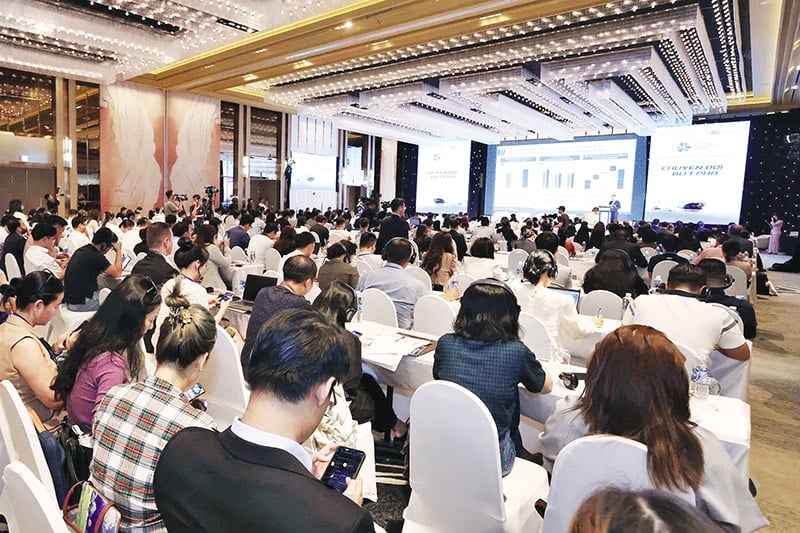 |
| Vietnamese logistics enterprises are considered to have many opportunities to make a breakthrough. In the photo: Overview of the Vietnam Logistics Conference 2024 organized by Investment Newspaper |
New step
“The logistics industry is like the blood vessels in the body. When one part of the chain is not operating properly, the whole chain will have problems. At that time, other parts have to work harder to ensure the whole chain operates,” said Mr. Yap Kwong Weng, CEO of Vietnam SuperPortTM, at the Vietnam Logistics Conference 2024, organized by Dau Tu Newspaper on October 31 in Ho Chi Minh City.
The progress of the logistics industry is clearly shown through the data recorded by the World Bank (WB) in 2023, when Vietnam ranked 43rd in the Logistics Performance Index (LPI), among the top 5 countries in ASEAN. According to the Emerging Markets Index ranking of Agility - the world's leading provider of transportation and logistics services, in 2023, Vietnam ranked 10th out of 50 global emerging logistics markets, up 1 place compared to the previous year.
Mr. Yap Kwong Weng cited figures showing that the shift in global trade has made Southeast Asia a key hub for manufacturing and logistics. In particular, Vietnam is leading the shift in production and trade flows, with exports from Vietnam accounting for more than 20% of Southeast Asia's total export turnover to some regions.
“Vietnam’s logistics industry has many favorable conditions for development with a long-standing seaport system and gradually improving services. Export growth is mainly driven by a large amount of foreign direct investment (FDI) in the manufacturing industry, especially in the electronics sector, giving Vietnam’s logistics industry the opportunity to accelerate,” said Mr. Yap Kwong Weng.
From the perspective of state management agencies, Deputy Minister of Planning and Investment Do Thanh Trung commented that although the logistics industry has achieved many positive results, compared to businesses in other industries, logistics businesses face even more difficulties because this is a young industry.
“Logistics enterprises are facing many difficulties such as the lack of policies and institutions for the industry; limitations in qualifications, experience, capital, human resources…”, Deputy Minister Do Thanh Trung said.
According to Deputy Minister Do Thanh Trung, other industries are changing very quickly when applying science and technology. The logistics industry is not only facing history, but also facing the development of technology. Therefore, Deputy Minister Do Thanh Trung believes that logistics enterprises that want to survive and develop must improve their operations, promote digital transformation, invest in applying new technologies, and train high-quality human resources to improve operational efficiency and competitiveness.
“We hope that businesses will contribute their ideas to help state agencies improve policies to create and simplify procedures and reduce costs for businesses. The business community needs to have greater determination and continue to organize business more effectively to overcome challenges and promote the development of Vietnam's logistics industry in the coming time,” said Deputy Minister Do Thanh Trung.
Transform to Breakthrough
Talking to reporters from Dau Tu Newspaper, logistics businesses said that the shift of production and trade flows into Vietnam is an opportunity for businesses to make a breakthrough.
In order to take advantage of opportunities, Mr. Do Hoang Phuong, Chairman and General Director of Bao Tin Trading & Logistics Company Limited, said that logistics enterprises need to take advantage of opportunities to accelerate digital transformation and green transformation.
Telling a real story, Mr. Phuong said that his company is undergoing digital transformation, helping to automate processes, from fleet management to route tracking and warehouse optimization. Thanks to that, it can reduce transportation time, limit waste and ensure on-time delivery.
On the other hand, process optimization and fuel savings through “greening” and digital transformation can significantly reduce long-term operating costs, providing financial advantages and the ability to invest in new technological solutions.
“Digital transformation not only helps improve productivity, but also increases transparency and makes it easier to track project progress. This creates trust among customers and partners, helping the company stand out in the sustainable logistics market,” Mr. Phuong affirmed.
According to Dau Tu Newspaper reporters, many logistics enterprises are accelerating investment in seaports, warehouses, and wharves to meet the demand for import and export of goods. Mr. Cao Hong Phong, Deputy General Director of Gemalink Port (Gemadep Joint Stock Company) informed that the enterprise is exploiting Gemalink Port in Cai Mep - Thi Vai area, playing a vital role in connecting trade between Vietnam and major markets including the US, Europe and the Asian region.
Catching up with the trend of investment shifting to Vietnam, Gemalink is completing procedures to soon start construction of Gemalink phase 2A, expected to be put into operation from 2026.
Sharing about the strategy of sustainable development transformation, Mr. Phong said that building a smart and green port-logistics ecosystem is the goal and development orientation of Gemadep Joint Stock Company. This is also the trend of the industry and the world.
“We determined that if we do not implement it soon, we will be left out of the game. In fact, we are late because the port of Rotterdam (Netherlands) has been implementing the green port model since 2000. To realize the commitment of the Vietnamese Government at the United Nations Climate Change Summit - COP26, in which the commitment to Net Zero by 2050 is a goal that requires a lot of effort from state management agencies, businesses, and the whole community,” Mr. Phong said about the green port trend.
Speaking more about Gemadept's experience, Mr. Cao Hong Phong said that the company has established an ESG (environment, society and governance) Board, conducted an annual inventory of greenhouse gas emissions at its ports, built a roadmap for emission reduction, developed green ports, and invested in modern, environmentally friendly equipment. Gemadept also switched to using electricity instead of diesel, increased the use of renewable energy; initiated the Seed for Sea forest planting initiative in Vinh Long; and signed a contract with HSBC Bank on a sustainable credit agreement. This is the next green mark in Gemadept's development plan and access to green capital.
For the logistics industry, green transformation, if implemented from only one side, will not be effective. Therefore, businesses expect and need the support of the Government and ministries and branches.
Accordingly, the Government needs to simplify procedures, reduce fees, charges, tax incentives, provide financial support through preferential loans, and financial support packages for businesses to invest in green transformation. At the same time, perfect the legal framework to encourage green investment and create a stable business environment.
Particularly for port operators, it is necessary to support enterprises in building and developing green supply chains through developing connecting infrastructure, enhancing port connections with other transport systems such as roads, railways, and airways to create an effective logistics network.
In addition, there should be policies and mechanisms to encourage ports to invest in developing smart and sustainable ports. For example, adjusting port loading and unloading prices because they are still very low compared to the region and the world, helping ports have additional revenue to continue investing in digital transformation and greening seaports.
Source: https://baodautu.vn/dua-nganh-logistics-phat-trien-xung-voi-tiem-nang-the-manh-d228874.html





![[Photo] Prime Minister Pham Minh Chinh chairs conference on anti-smuggling, trade fraud, and counterfeit goods](https://vphoto.vietnam.vn/thumb/1200x675/vietnam/resource/IMAGE/2025/5/14/6cd67667e99e4248b7d4f587fd21e37c)


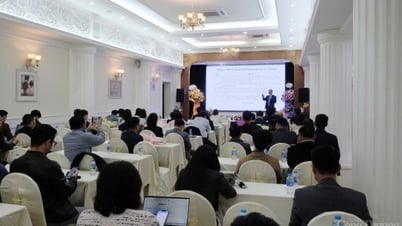



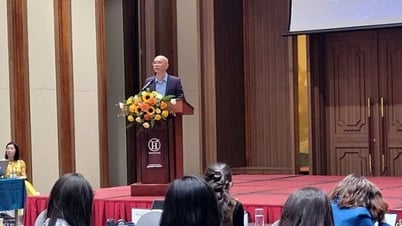
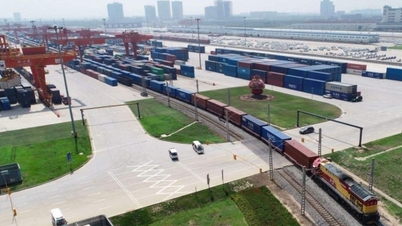














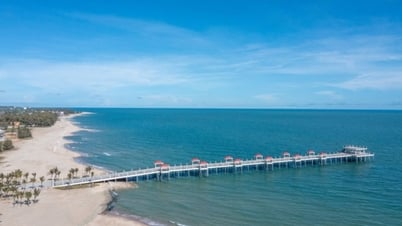




















































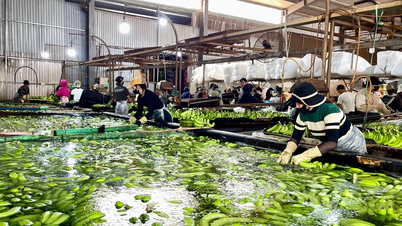

















Comment (0)